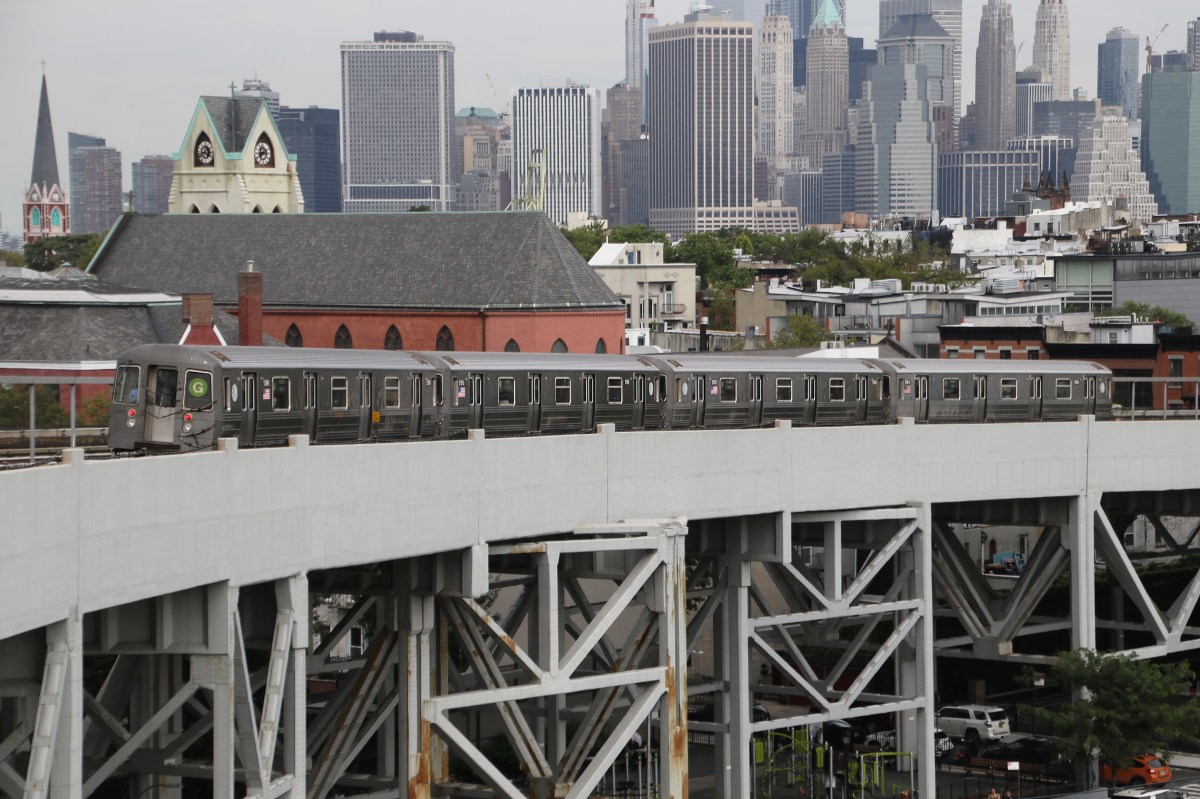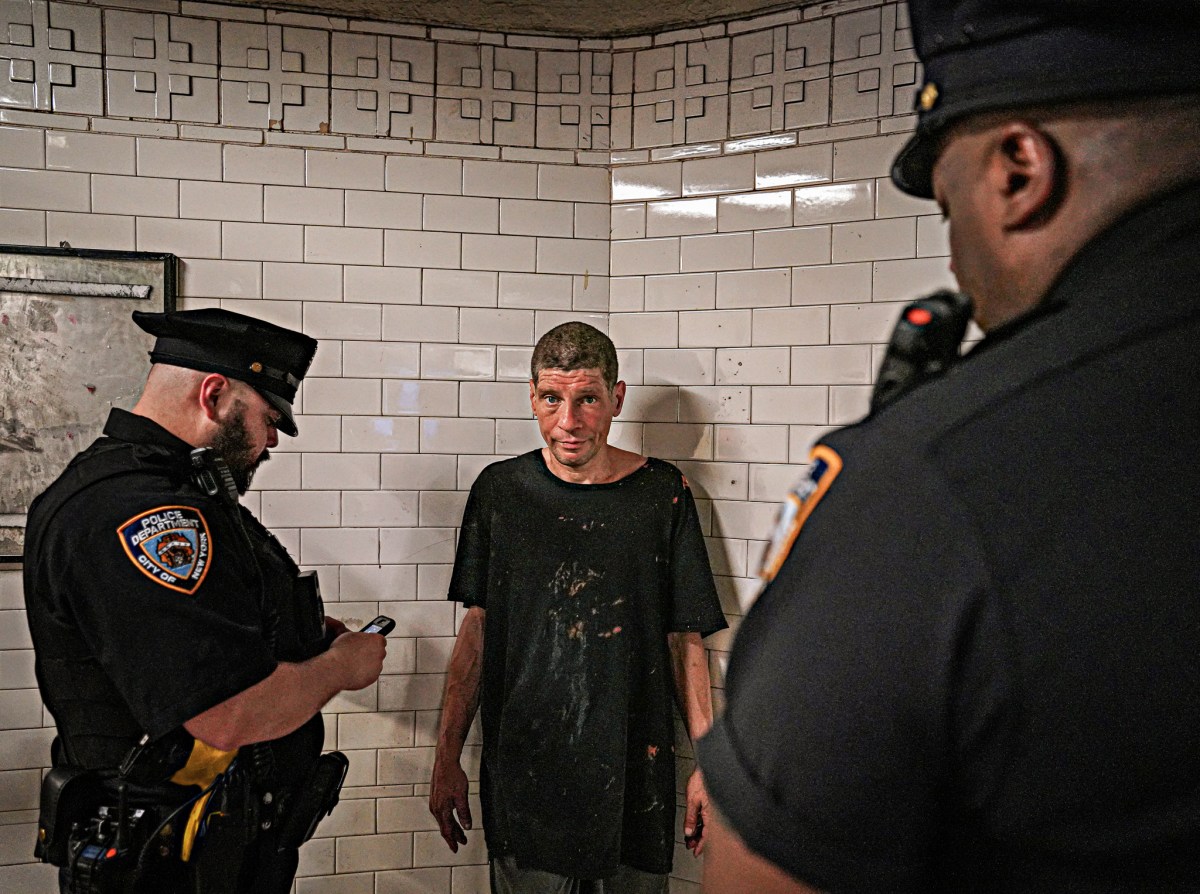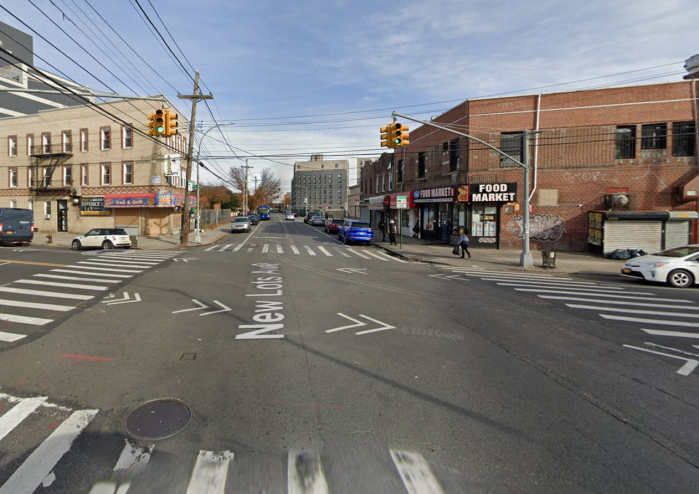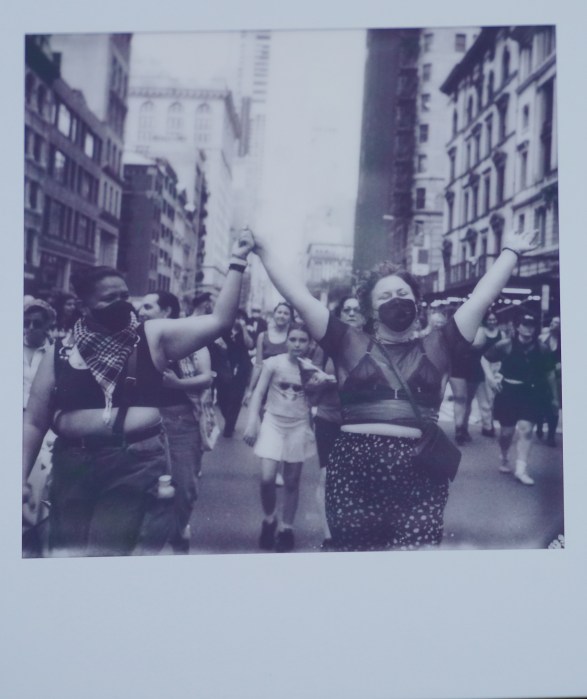There may be a light at the end of the tunnel — or, at the end of the platform — for G train commuters tired of dashing to catch the train toward the middle of the track.
Signal upgrades coming to the Crosstown Line during a weekslong summer shutdown may someday allow the Metropolitan Transportation Authority to run longer trains on the line, officials said Wednesday.
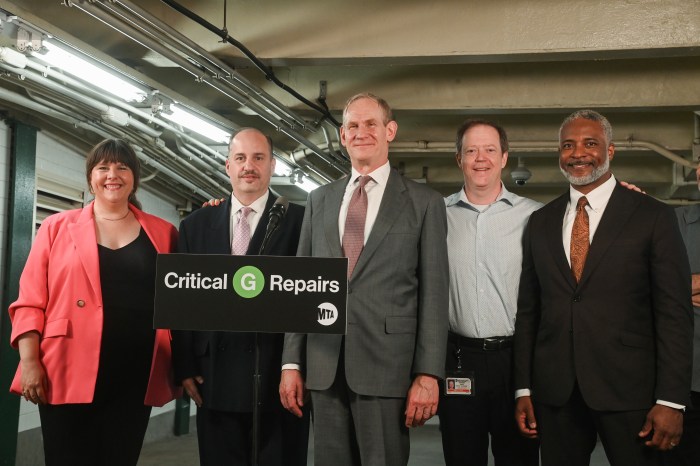
To the consternation of many Brooklynites, the agency will shut the G train down in three phases over roughly two and a half months starting June 28 so it can replace the line’s ancient signal tech with new Communications-Based Train Control.
Come September, when the line reopens in full, G trains should run faster and more reliably with CBTC. In the future, the tech may also allow the MTA to run longer trains on the G line, Gothamist first reported on Wednesday.
“What we’ve done is, we have actually designed this new signaling system so it actually could accommodate longer trains,” said MTA chair Janno Lieber at a June 12 press conference at the Greenpoint Avenue station.
But straphangers shouldn’t expect to see an eight-car G train pulling in anytime soon, Lieber said, as current ridership on the line isn’t high enough to demand full-length trains.
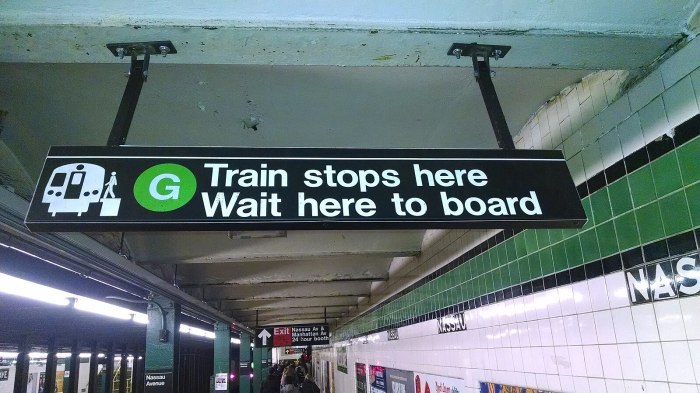
“We are going to keep looking at it,” he said. “Because this is … a fast-developing neighborhood that really is a transit neighborhood, and we are going to watch it closely over time.”
The MTA does not release ridership data by train line, but by station — once a rider enters at a station serving multiple lines, it’s impossible to know which they board. But, based on the most recent ridership data, roughly 35,000 commuters make use of the G-train only stations in Brooklyn each weekday.
Elected officials — including local Assembly Member Emily Gallagher, who was present at Wednesday’s press conference — had previously urged the MTA to bring full-length trains back to the G and re-extend the line back to its old endpoint in Forest Hills during the shutdown, which will span more than two months from June 28-Sept. 3.
The current signal tech on the G line dates back to the birth of the subway system more than 100 years ago. The control room at the Nassau Avenue station is “the land that time forgot,” Lieber joked, and the old signal system is less exact and more expensive than CBTC, per the MTA’s website.
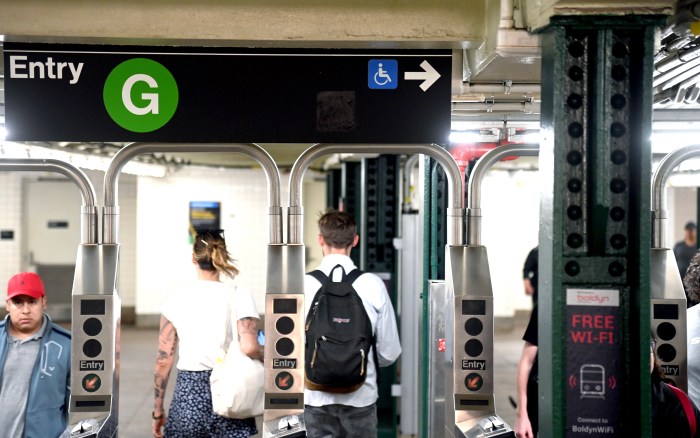
“These signals were here to harken New York back during the Depression,” said New York City Transit Department of Subways Senior Vice President Demetrius Crichlow. “There is no project that needs the love that this line needs right now.”
Crichlow said the 7 and L lines, which were first to receive CBTC, are now the MTA’s “top performers.”
Though straphangers are unhappy about the long shutdown — the G will close between Court Square and Nassau Avenue from June 28-July 5, between Court Square and Bedford-Nostrand Avenues from July 5-Aug. 12, and between Bedford-Nostrand and Church Ave. from Aug. 12-Sept. 3, Lieber said that was the fastest and most cost-effective way to get the work done.
The MTA has appointed a “G Train Czar,” Hugo Zamora, to oversee the closure.
“The name of the game is to make everybody work together and make sure all the moving parts of the project are working cohesively,” Zamora said.
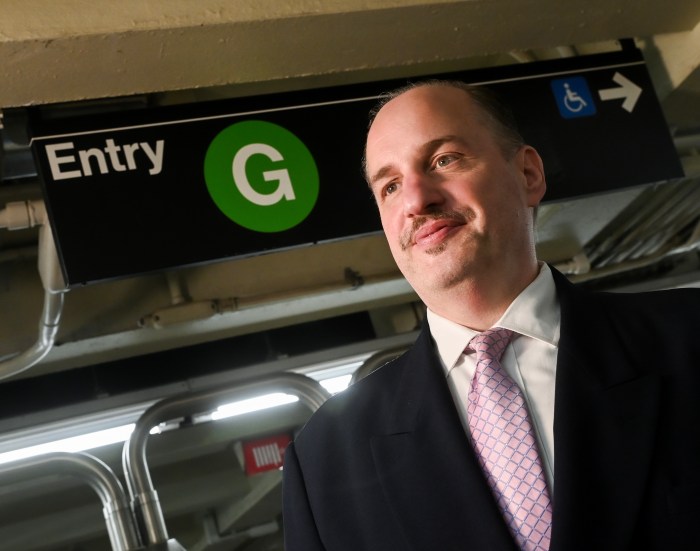
Lieber said the agency has extensively warned riders of the upcoming closure, and will run shuttle buses along the G line 24/7. Traffic agents will help direct riders to the buses when they arrive at the closed stations, he said.
While the line is closed, the MTA will be deep-cleaning and adding new LED lights to every station affected and replacing 30 miles of track. Two stations, Flushing Avenue and Greenpoint Avenue, will receive full makeovers under the MTA’s “Re-NEW-Vation” program.
Gallagher, the local Assembly Member, said she knew the community was looking forward to a faster and more modernized G train.
“Let’s not forget our beloved grandma train is also getting a little facelift,” said Gallagher said. “So she’s also going to come back feeling better about herself, looking better, she is just going to be in top condition when we get to see her again.”


